Researchers have created a small, thin, biodegradable sensor that could monitor the temperature of food in transit.
Microsensors are already used in many different applications today, such as the detection of poisonous gases. They are also part of miniaturized transmitter/receiver systems, such as the ubiquitous RFID chips.
As the sensors often contain precious metals that are harmful to both the environment and human health, however, they are not suitable for medical applications involving direct contact with the human body or for inclusion in food products. There is therefore a high level of interest, both in research and industry, in developing microsensors made from non-toxic materials that are also biodegradable.


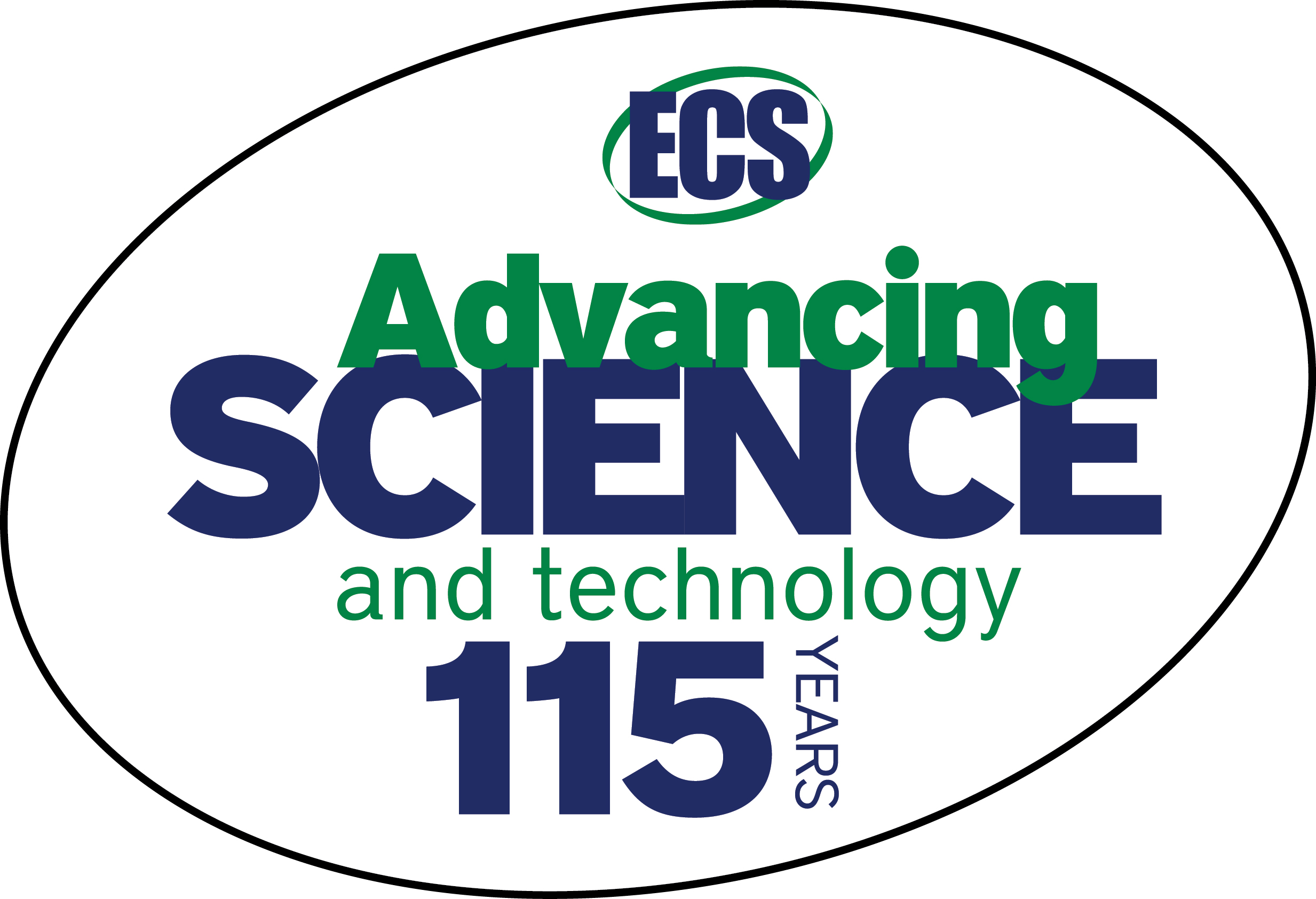 Since the
Since the 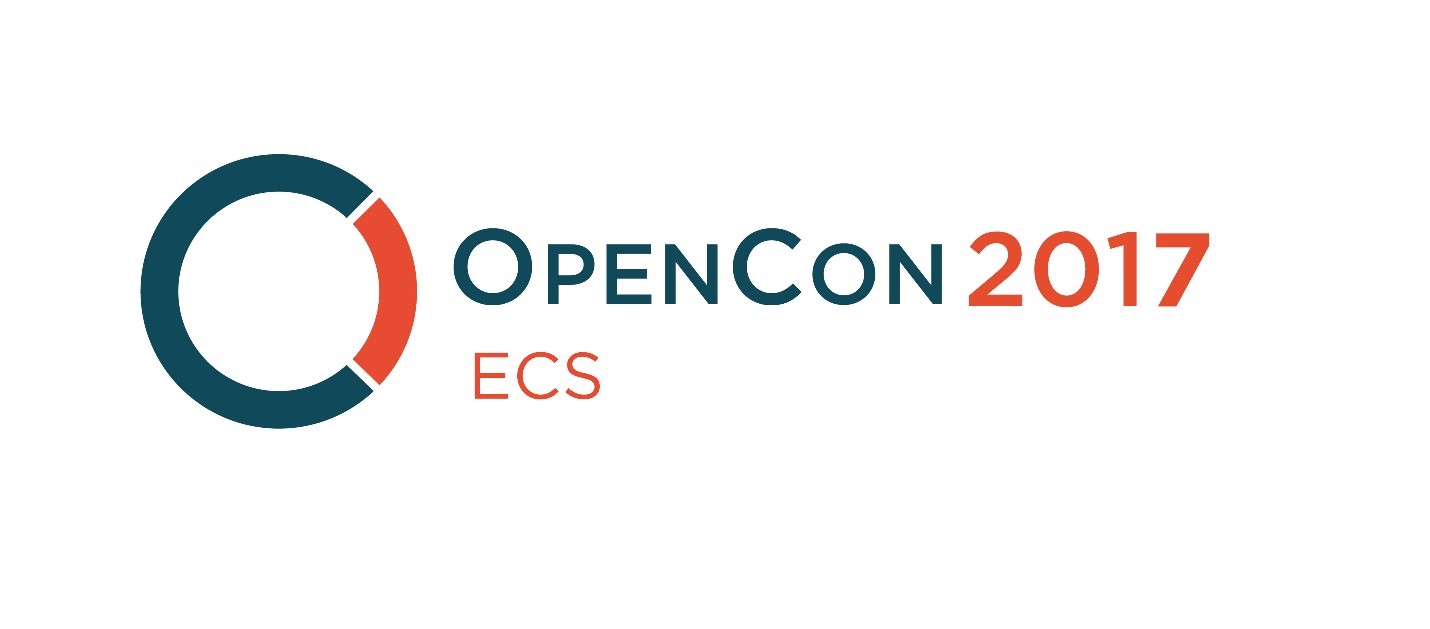 This Sunday at 2:00 pm ET is
This Sunday at 2:00 pm ET is 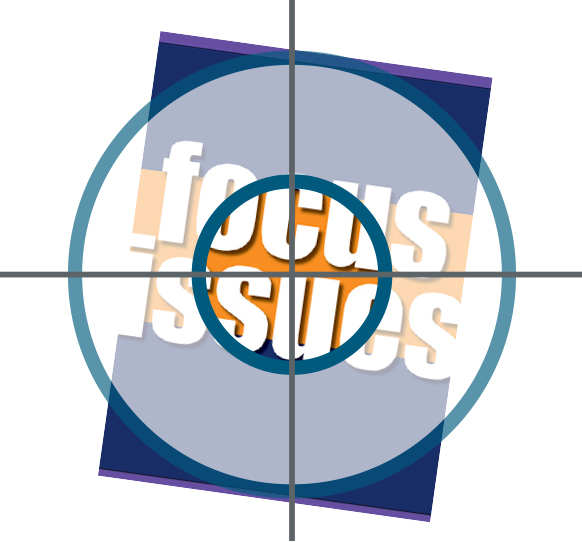 Submit your manuscripts to the Journal of The Electrochemical Society
Submit your manuscripts to the Journal of The Electrochemical Society 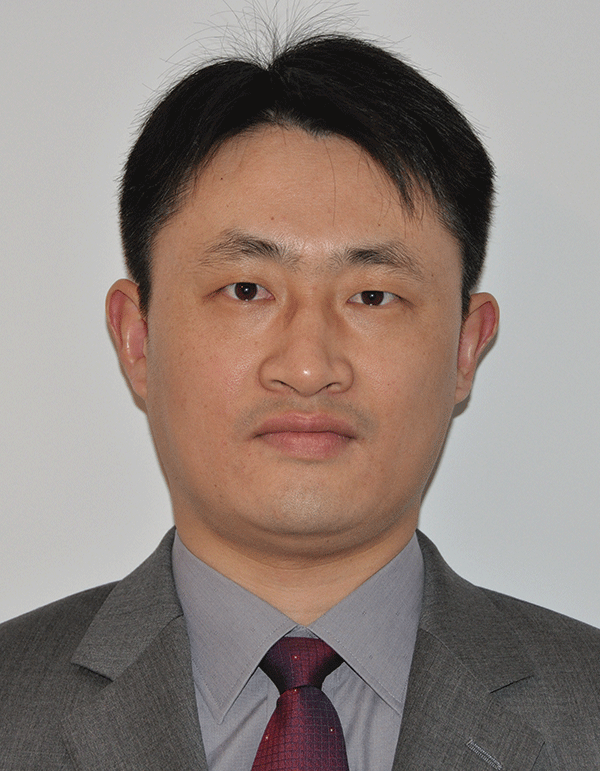 Minhua Shao is an associate professor at the Hong Kong University of Science and Technology, where he leads a research group pursuing work in advanced material and electrochemical energy technologies. Shao’s current work focuses on electrocatalysis, fuel cells, lithium-ion batteries, lithium-air batteries, CO2 reduction, and water splitting. Shao was recently named an associate editor of the
Minhua Shao is an associate professor at the Hong Kong University of Science and Technology, where he leads a research group pursuing work in advanced material and electrochemical energy technologies. Shao’s current work focuses on electrocatalysis, fuel cells, lithium-ion batteries, lithium-air batteries, CO2 reduction, and water splitting. Shao was recently named an associate editor of the 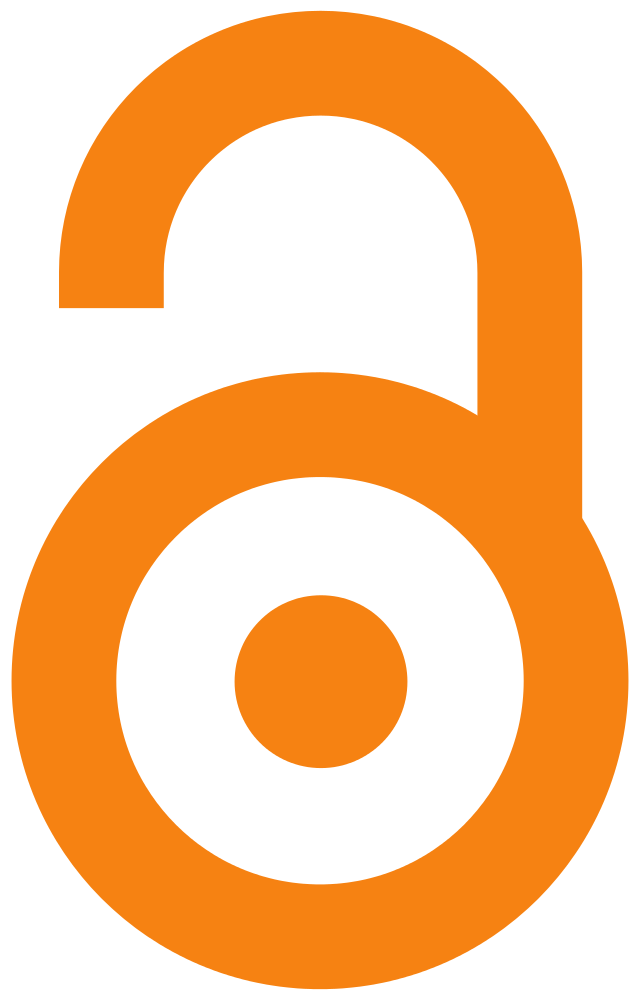 Over the summer, librarians and academic leaders in Germany came together to lead a push in taking down the paywalls that block access to so many scientific research articles. The initiative, named
Over the summer, librarians and academic leaders in Germany came together to lead a push in taking down the paywalls that block access to so many scientific research articles. The initiative, named 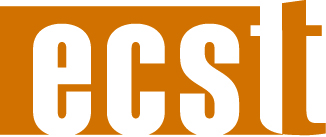 Nine new issues of
Nine new issues of  A new device has given scientists a nanoscale glimpse of crevice and pitting corrosion as it happens.
A new device has given scientists a nanoscale glimpse of crevice and pitting corrosion as it happens.